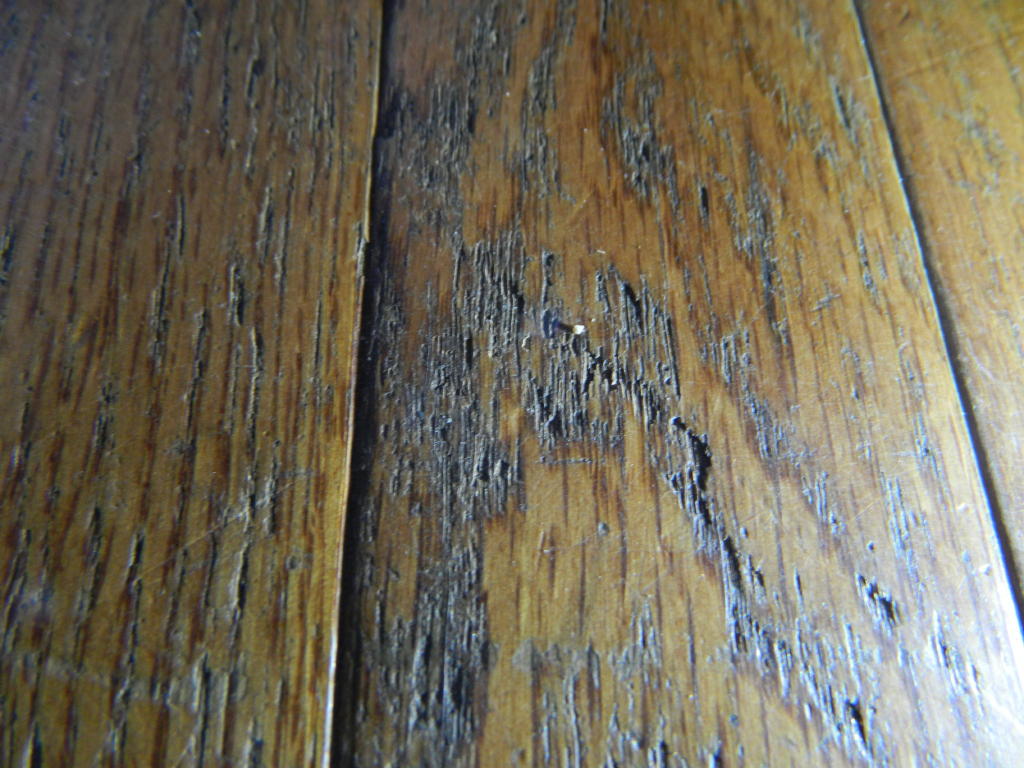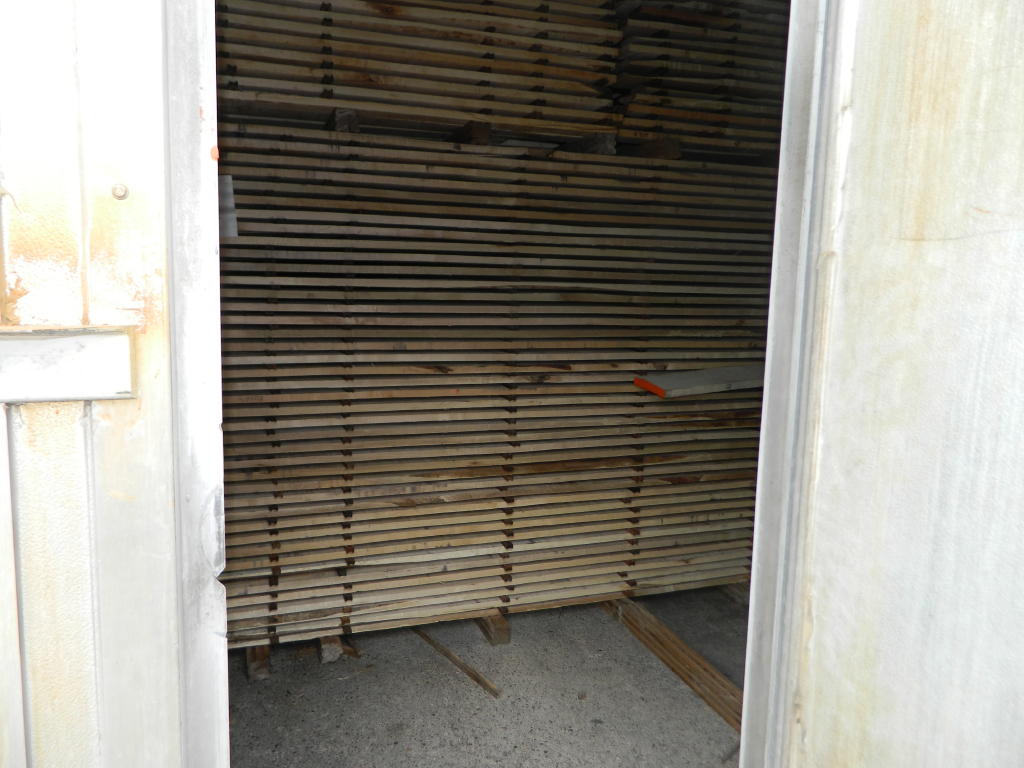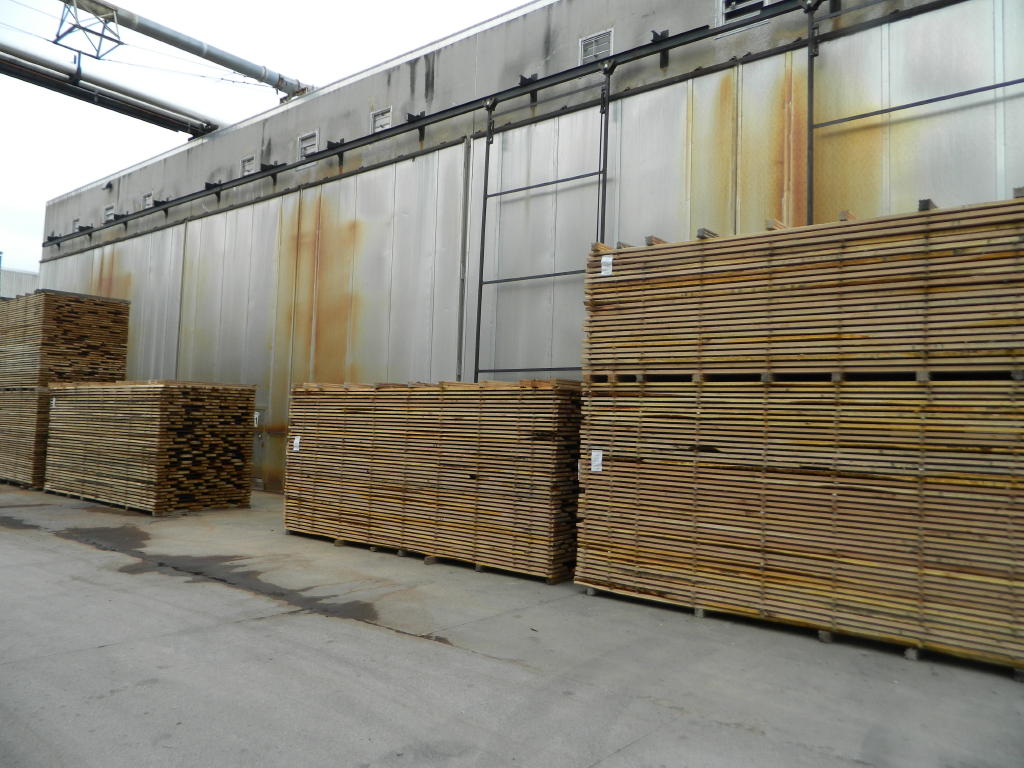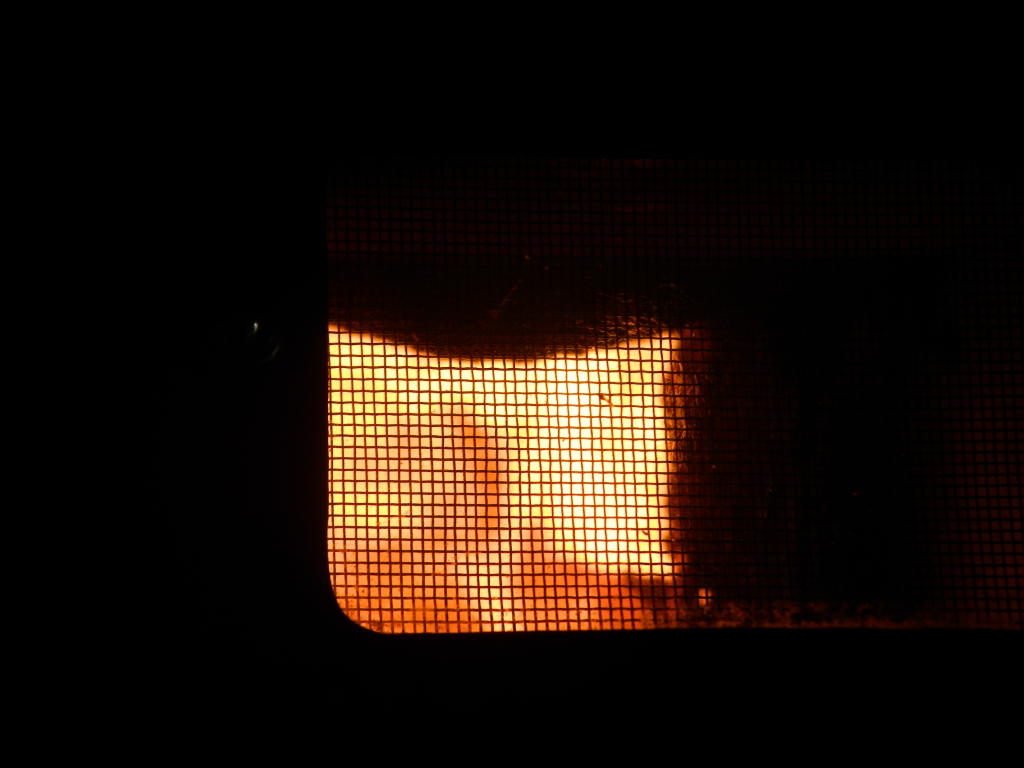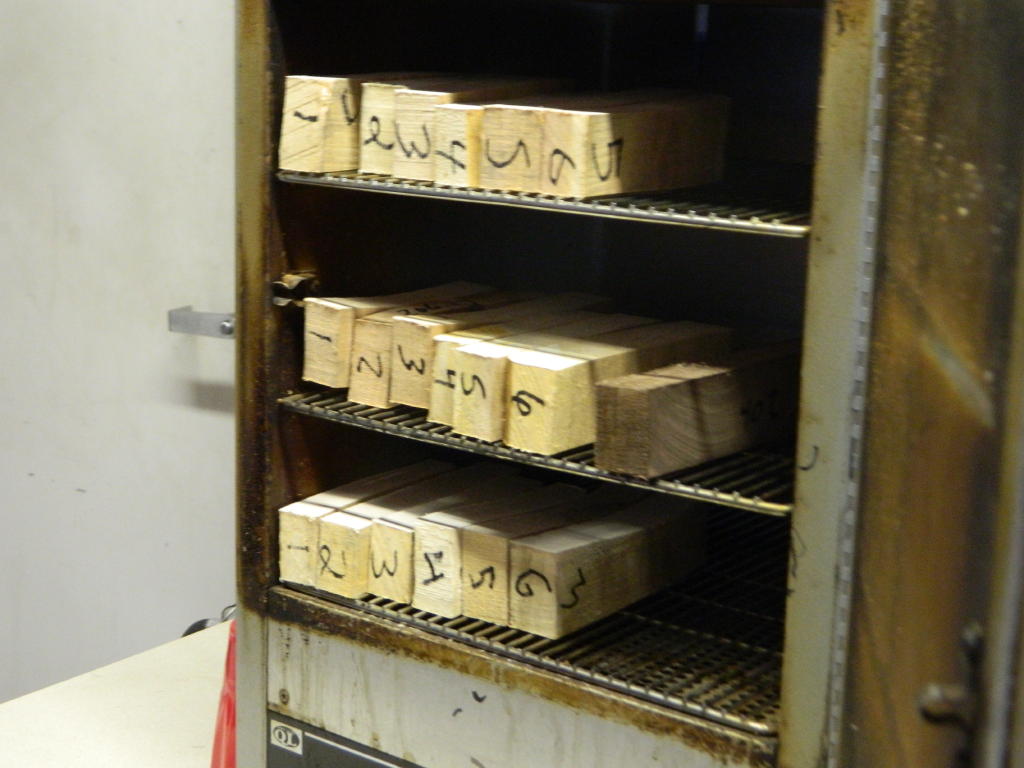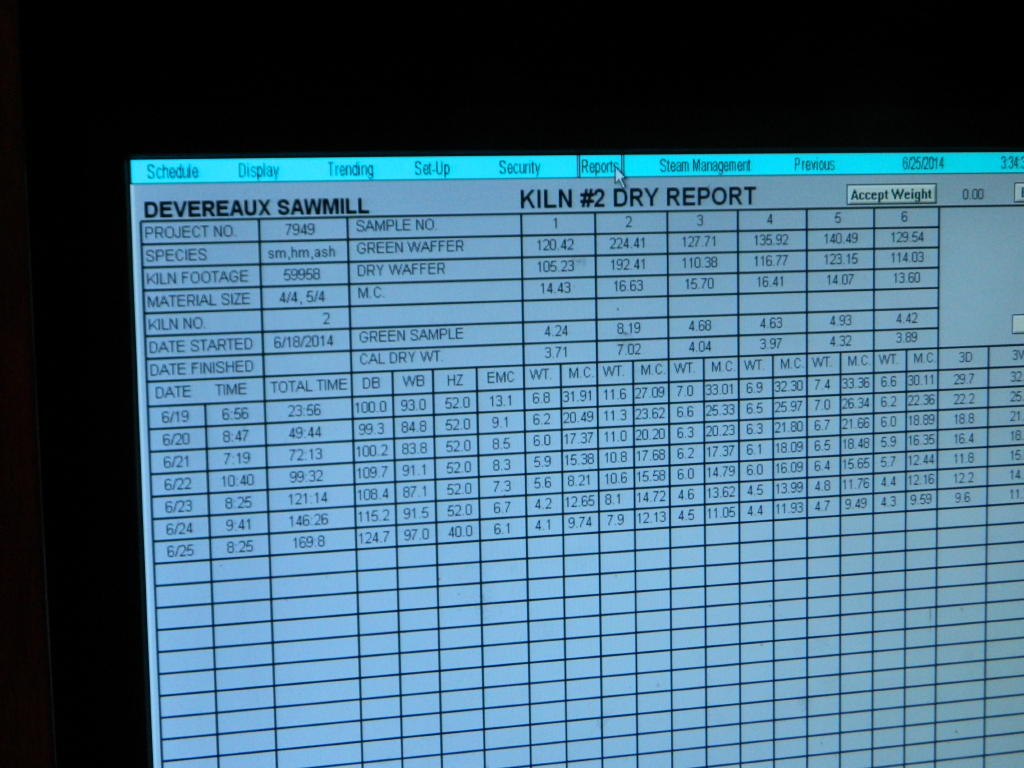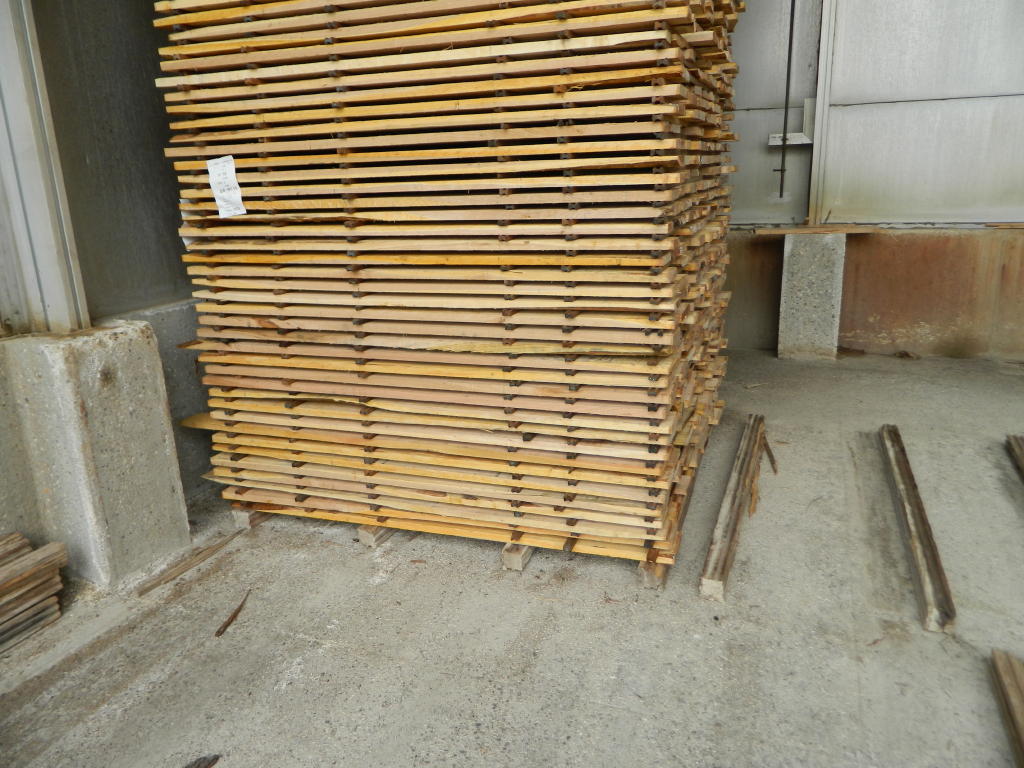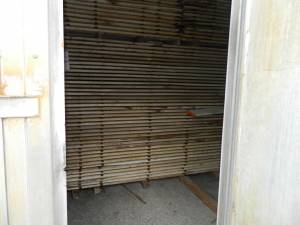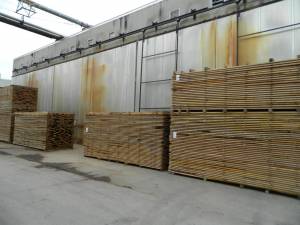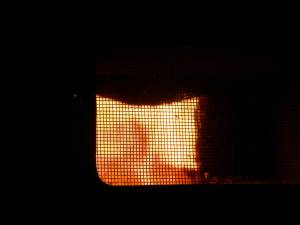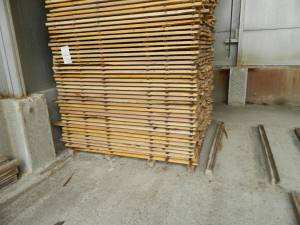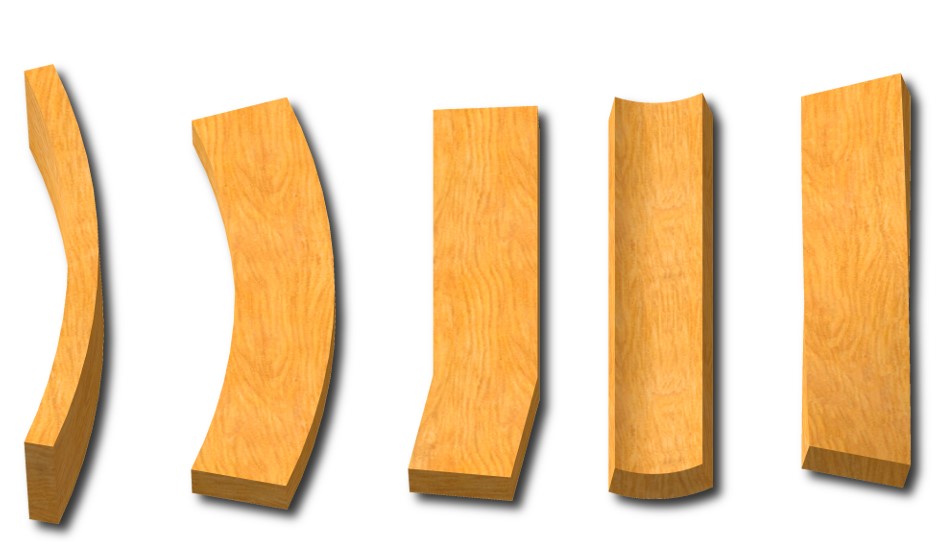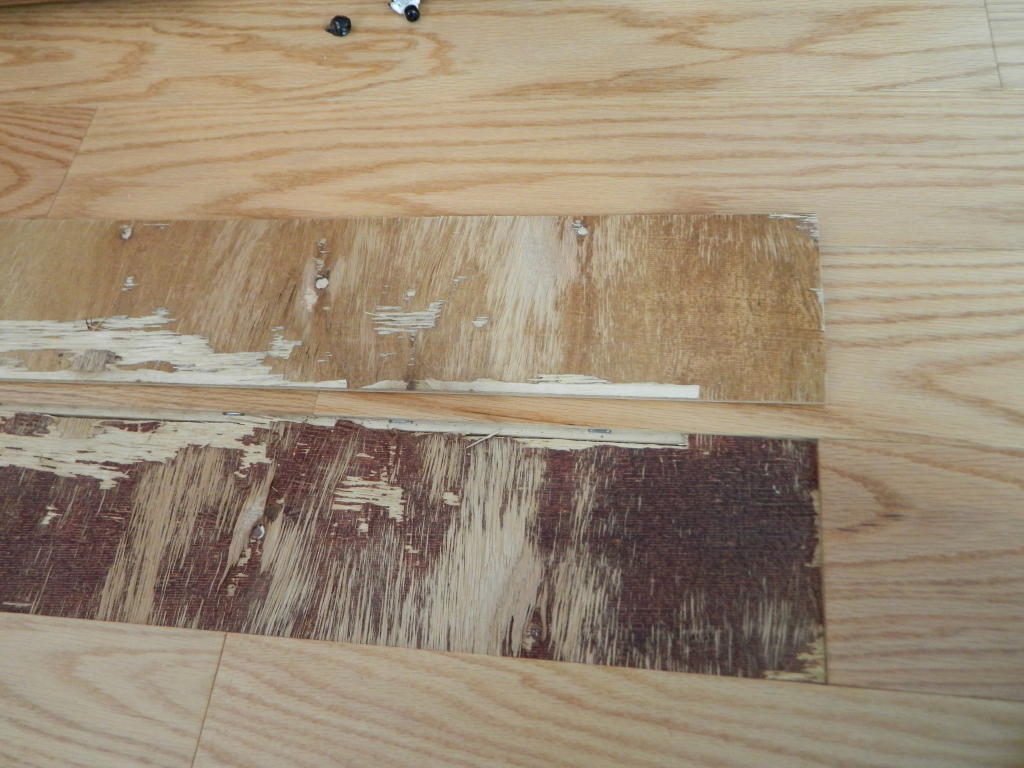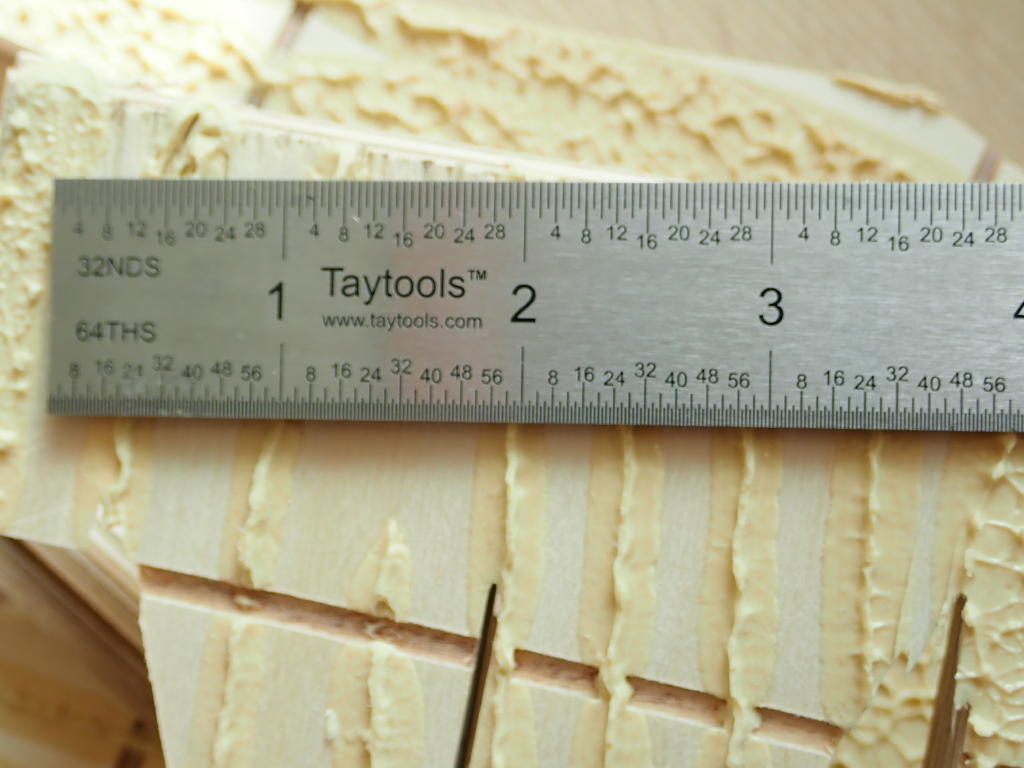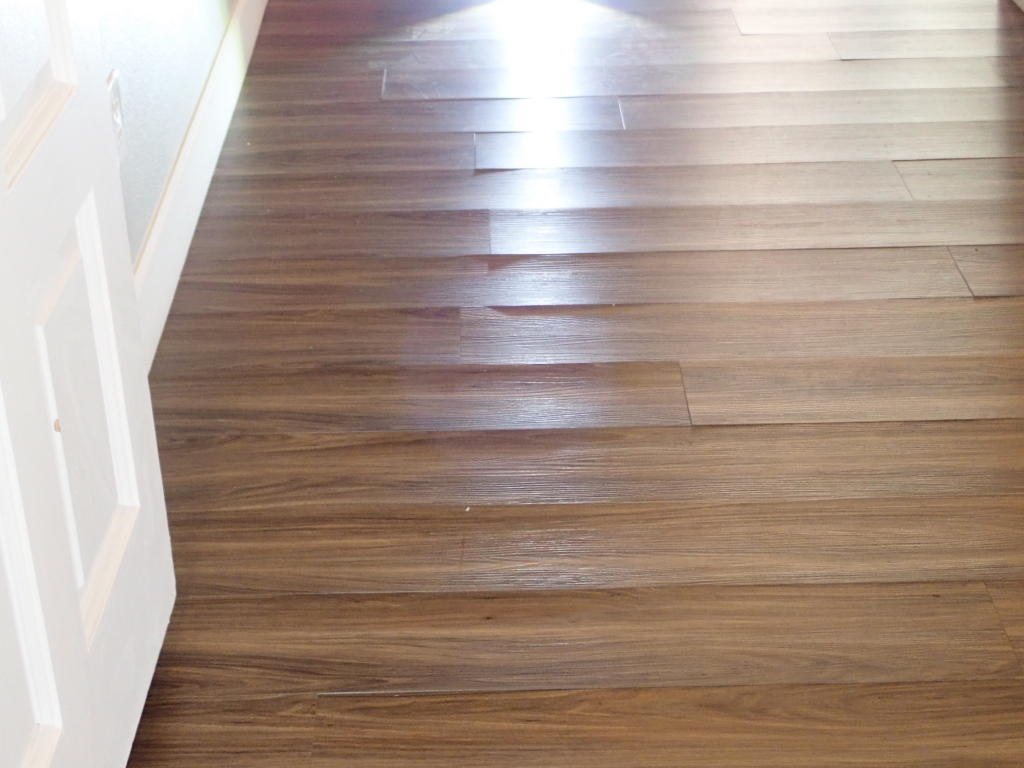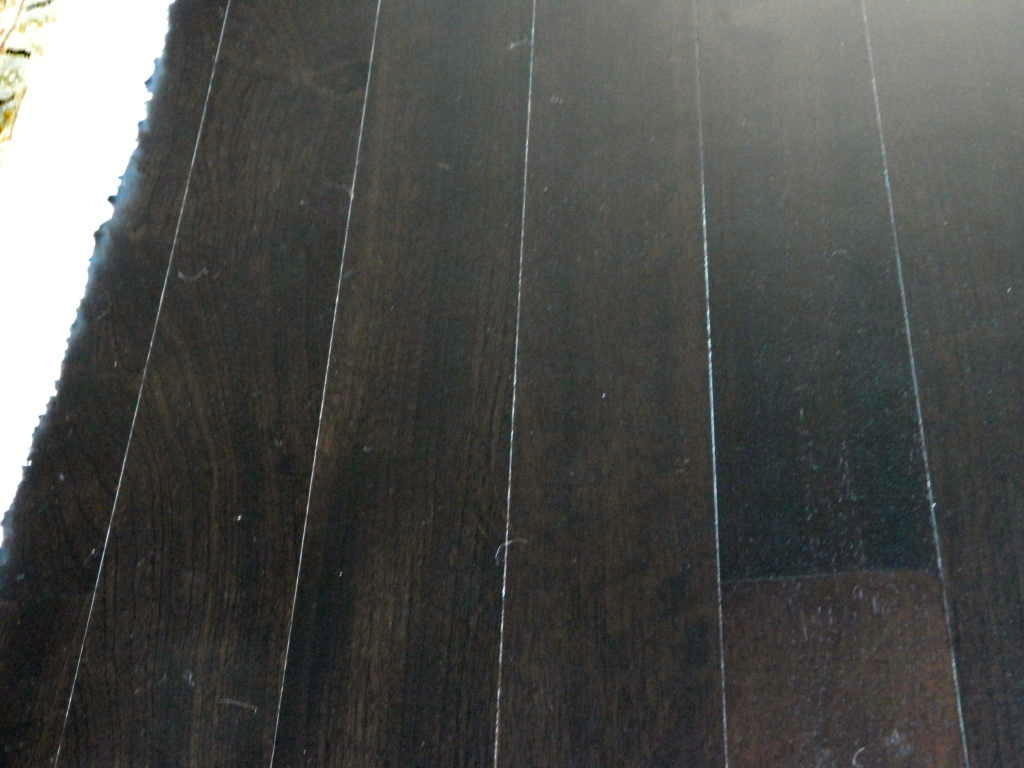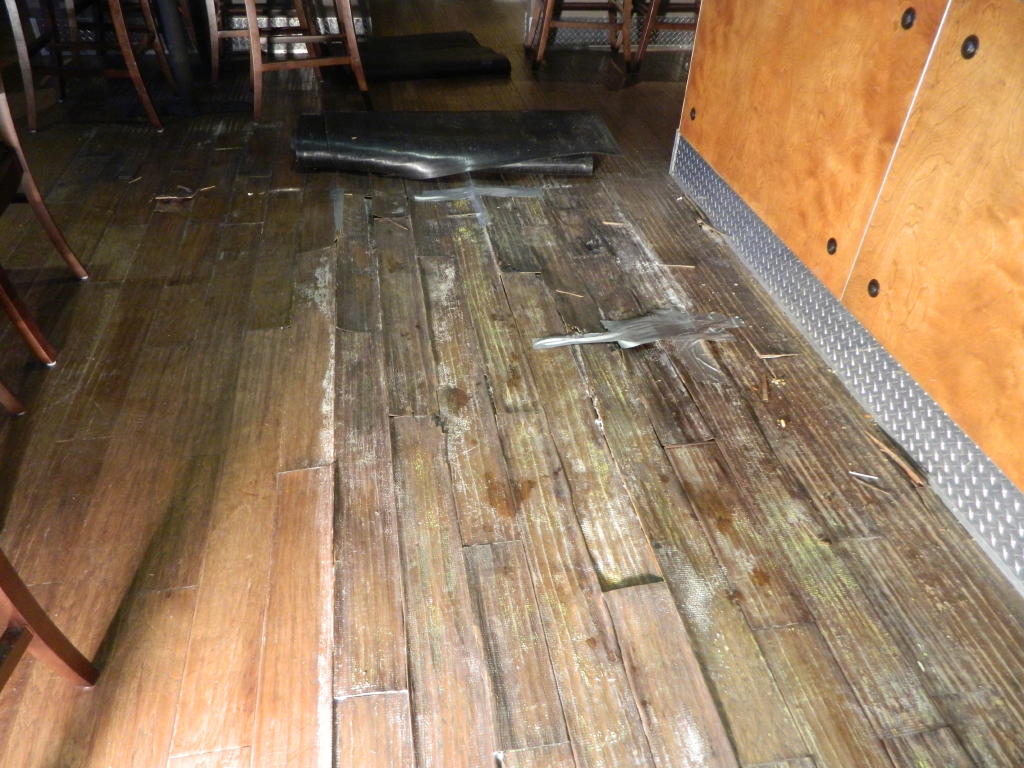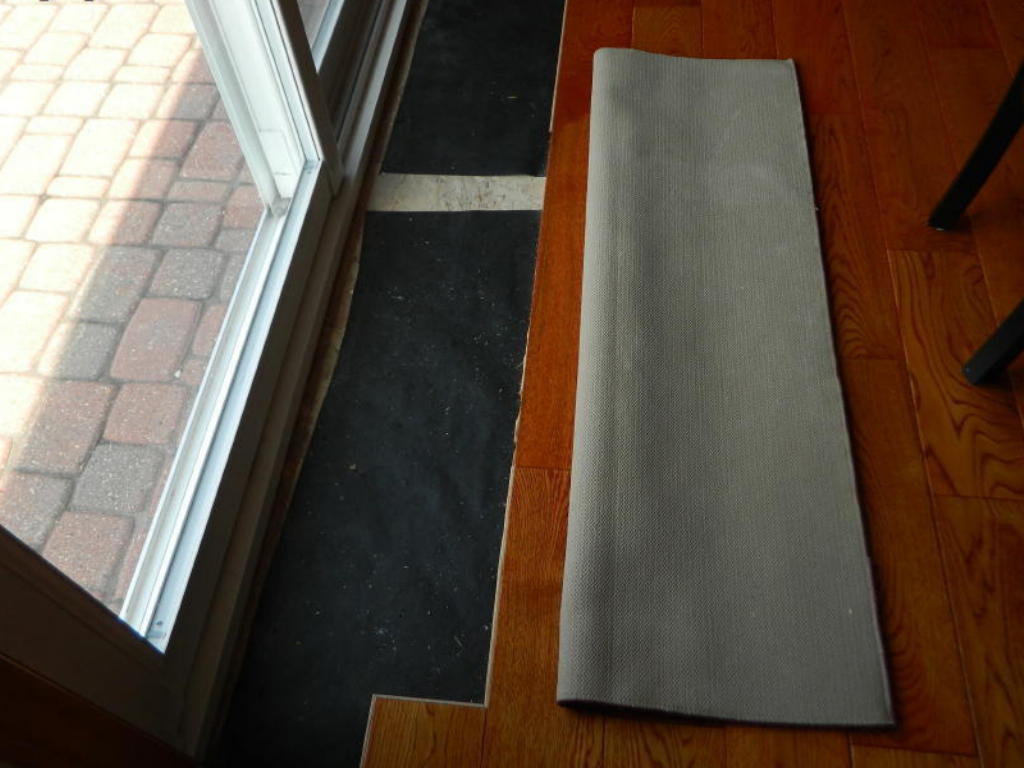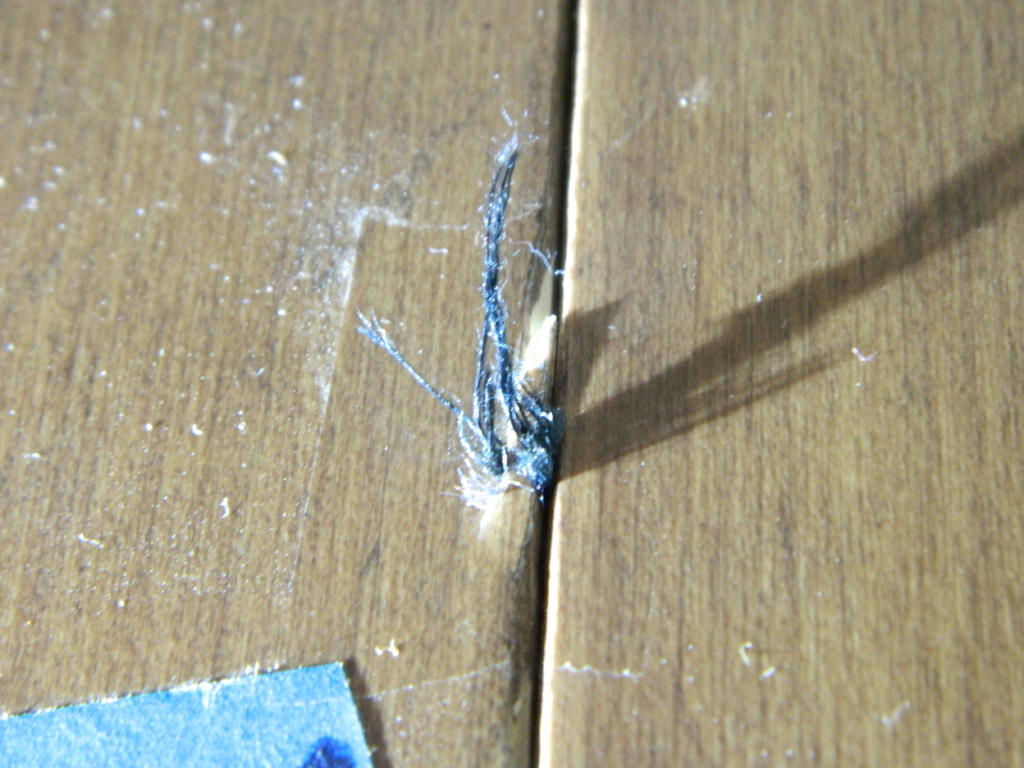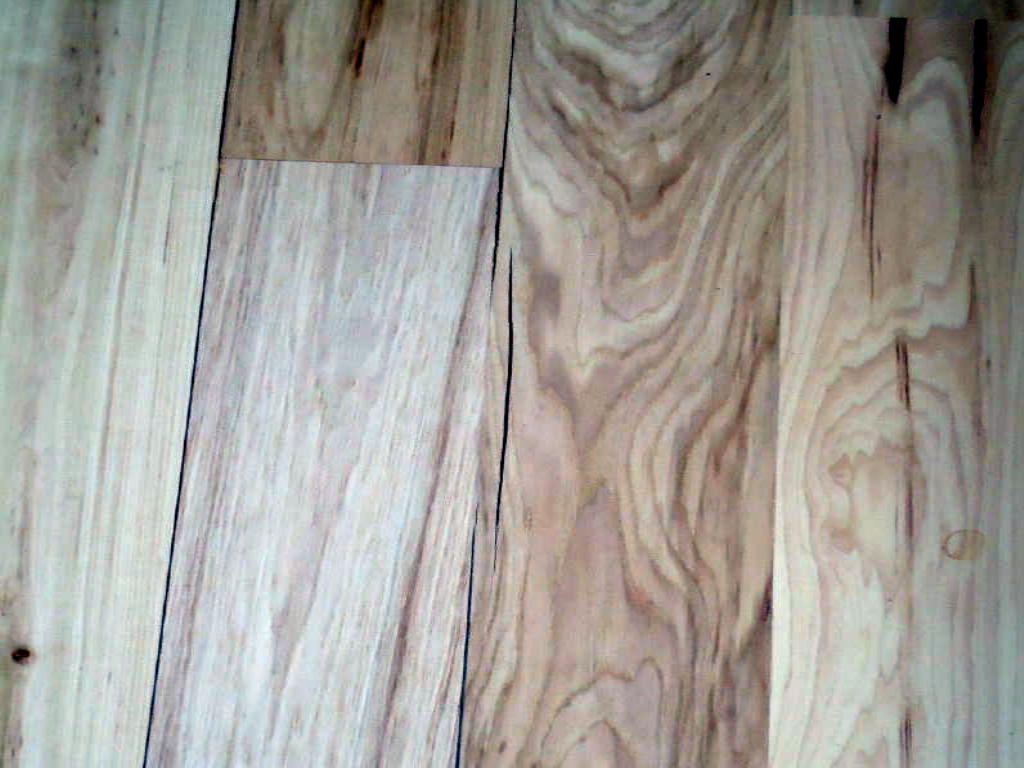Kiln Drying

Kiln drying

Kiln drying

Kiln drying

Control samples

Monitoring moisture content

Kiln drying
What you need to know
Kiln drying is a method whereby wood is placed within an insulated closed chamber in which temperature, RH, and air velocity are combined and circulated over the surface of the wood to reduce moisture content (MC). The goal is to dry the wood to an average MC range suitable for its intended usage (in the installed floor), with a minimum amount of degradation, and at a controlled cost.
Please subscribe to see all content
August 7, 2023
The 2018 National Wood Flooring Association Publication C200, Problems, Causes, and Cures, states the following on page 14. Splits/Cracks Definition:...
Read More
December 5, 2022
What you need to know The National Wood Flooring Association (NWFA) states the following on page 4 of the 2018...
Read More
January 1, 2022
What you need to know The National Wood Flooring Association (NWFA) states the following on page 9 in 2018 Technical...
Read More
October 20, 2021
The National Wood Flooring Association (NWFA) states the following on page 28 of the 2018 Technical Publication C200, Problems,...
Read More
March 22, 2021
What you need to know The National Wood Flooring Association states the following on page 8 of the 2018 Technical...
Read More
March 17, 2021
What you need to know White Line Syndrome (WLS) is a condition that can occur on a site-finished floor that...
Read More
March 17, 2021
What you need to know Water damage to laminate and hardwood flooring can be caused by several factors: Moisture seepage:...
Read More
March 16, 2021
What you need to know A vapor retarder is a vapor-resistant material. In new construction, vapor retarders are often architecturally...
Read More
March 16, 2021
What you need to know The National Wood Flooring Association states the following on page 14 of the 2018 Technical...
Read More
March 16, 2021
What you need to know Side bonding is a condition whereby wood flooring boards are unintentionally glued together along their...
Read More

